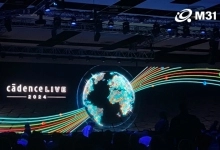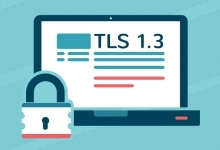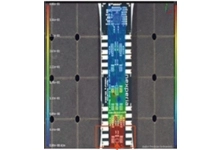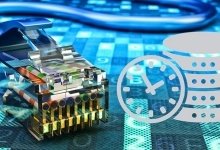You must be registered with the D&R website to view the full search results, including:
- Complete datasheets for usb type c 40 gb s multi protocol switch and bi directional bit level retimer products
- Contact information for usb type c 40 gb s multi protocol switch and bi directional bit level retimer Suppliers
Usb type c 40 gb s multi protocol switch and bi directional bit level retimer IP Listing
| 8 IP Cores |
IP Provider: Give the best exposure to your IPs,
by listing your products for free
in the world's largest Silicon IP catalog (6 500 products from more than
400 companies)








